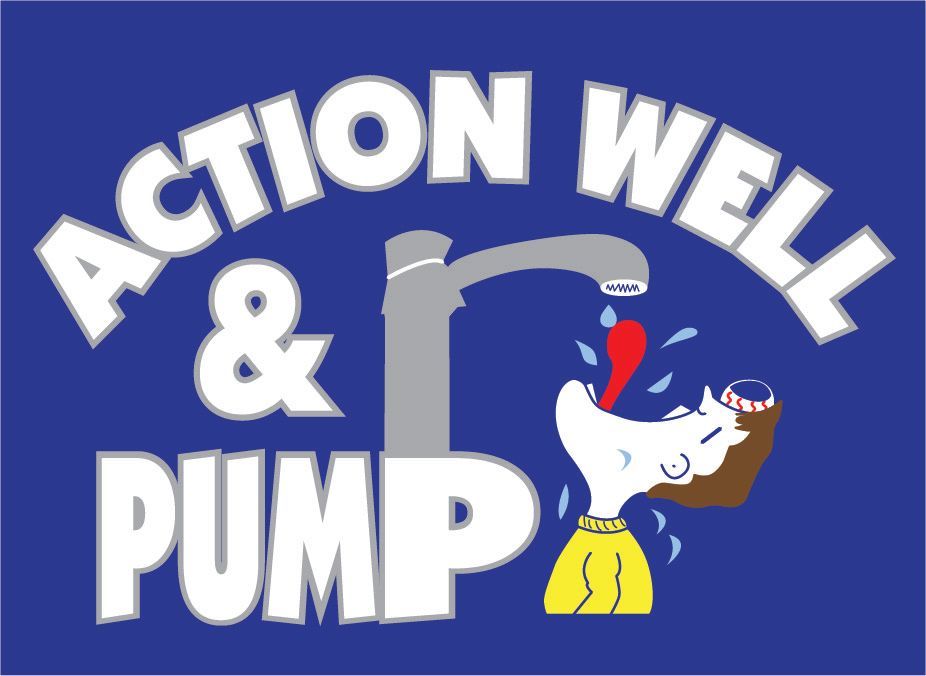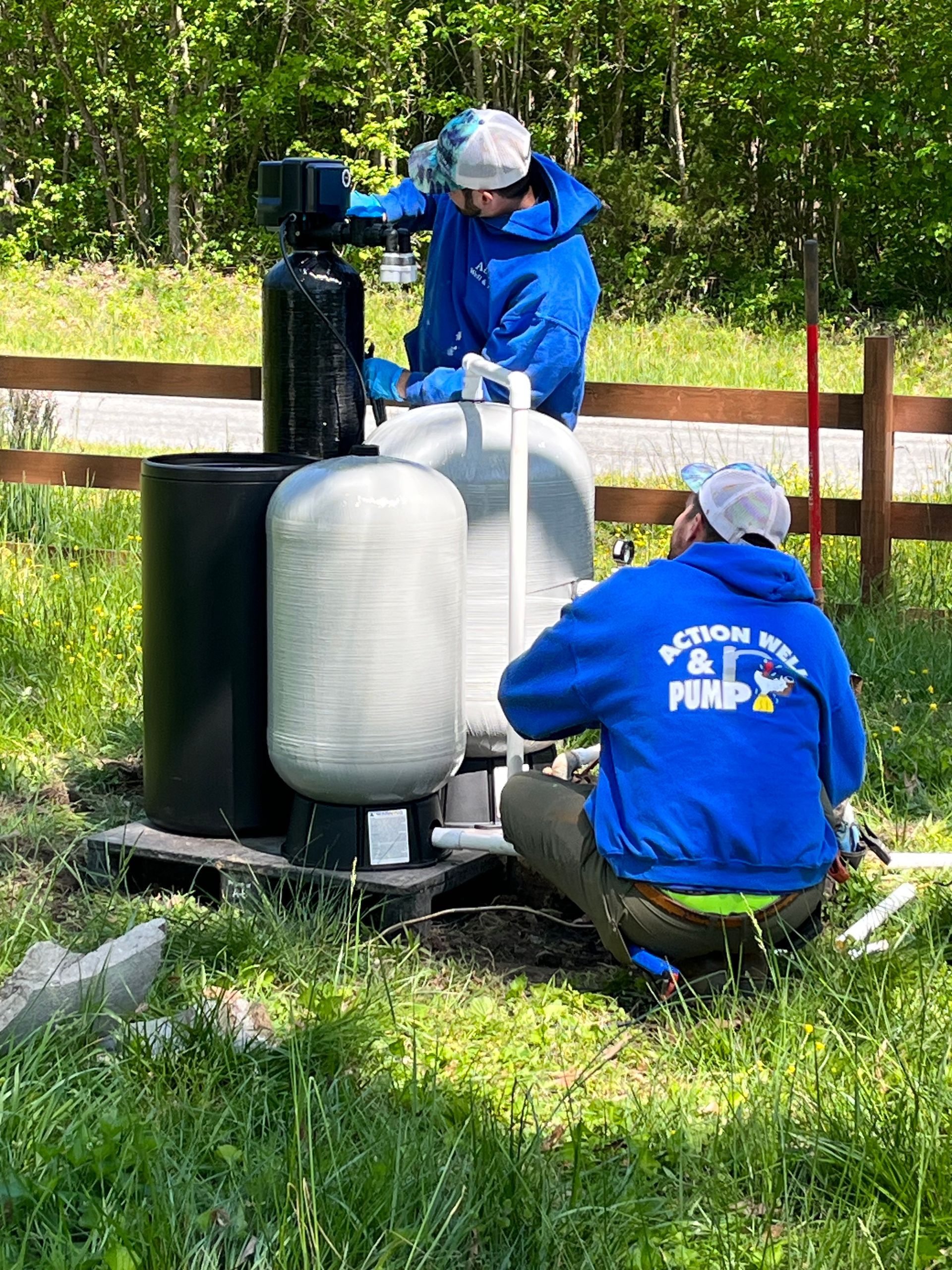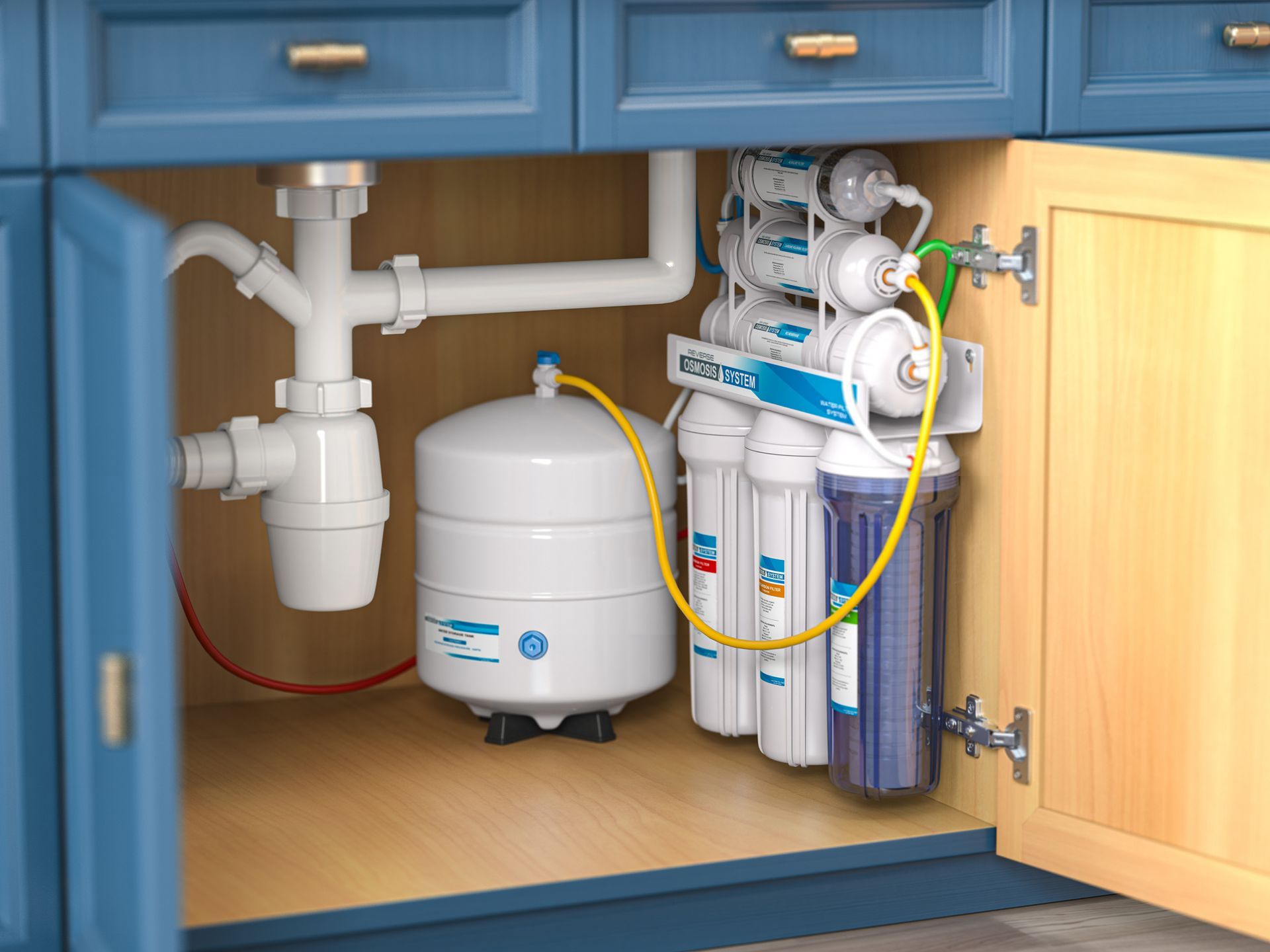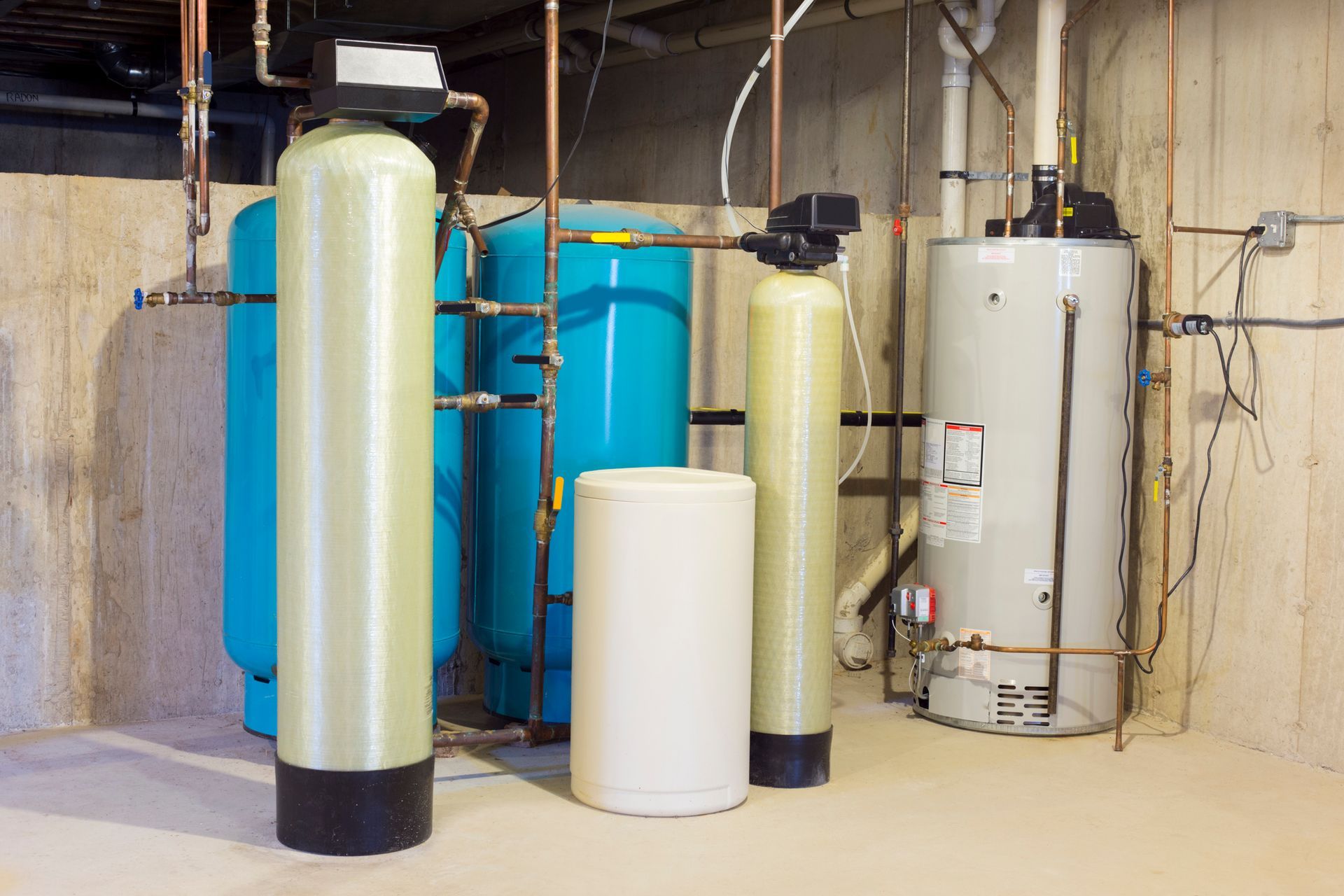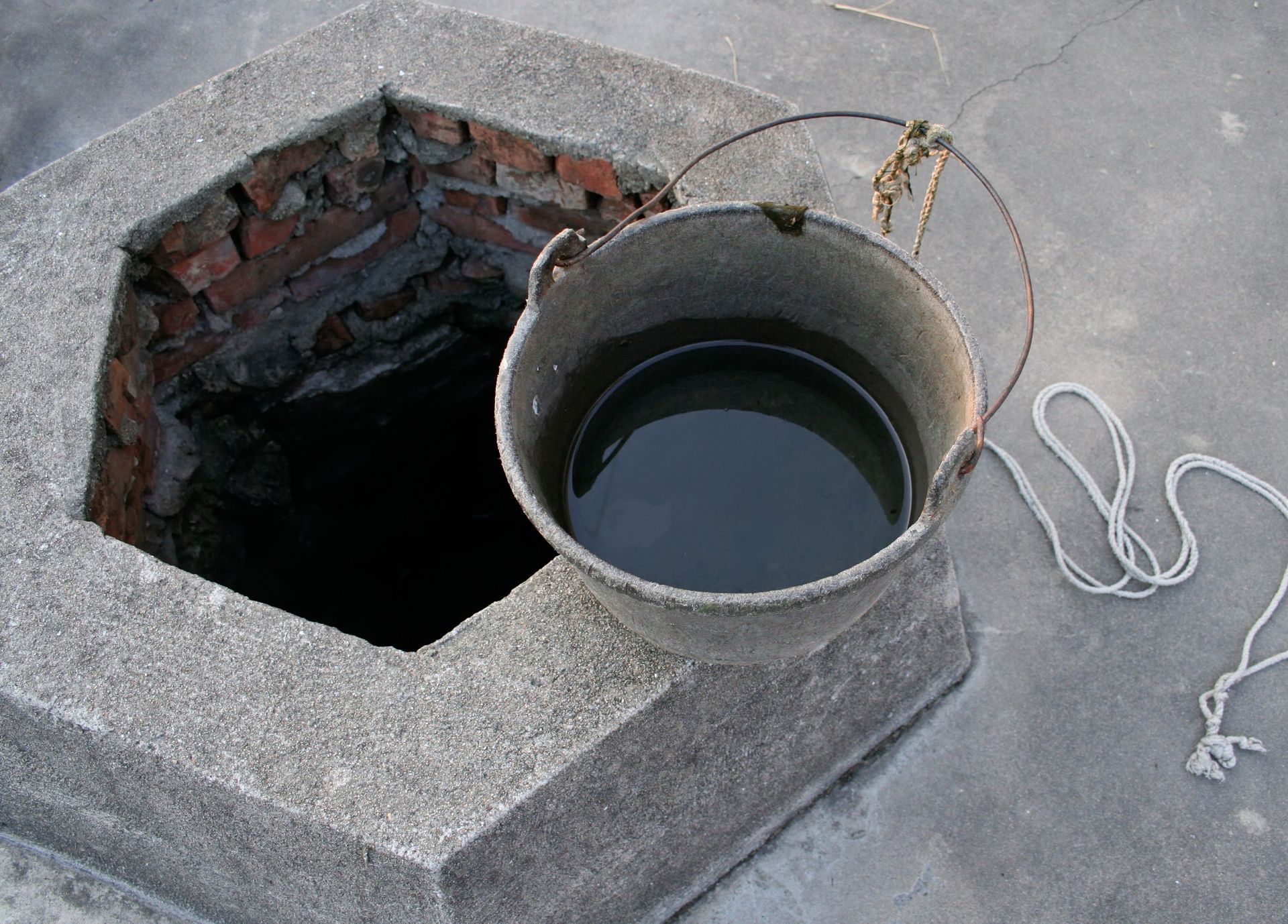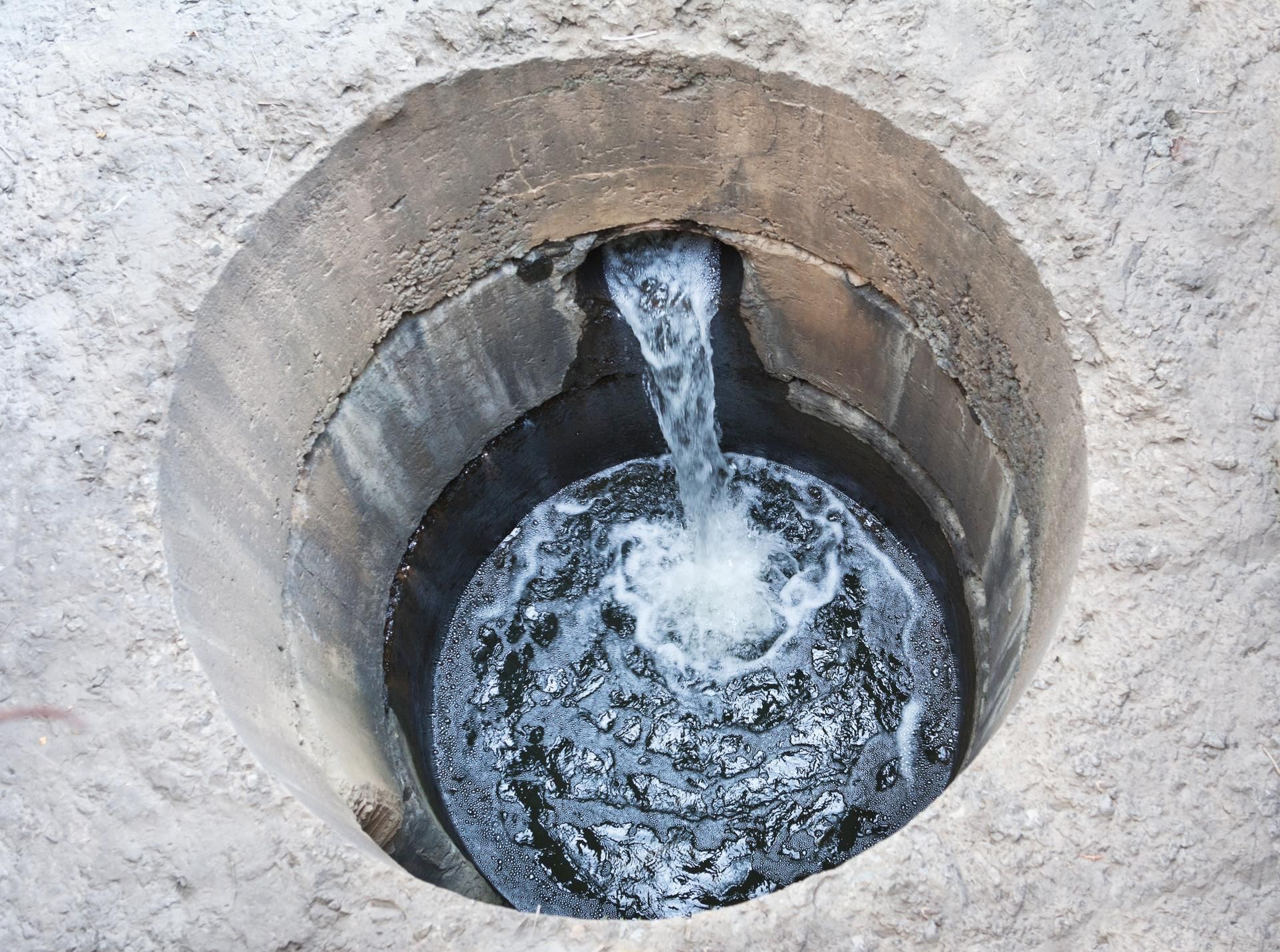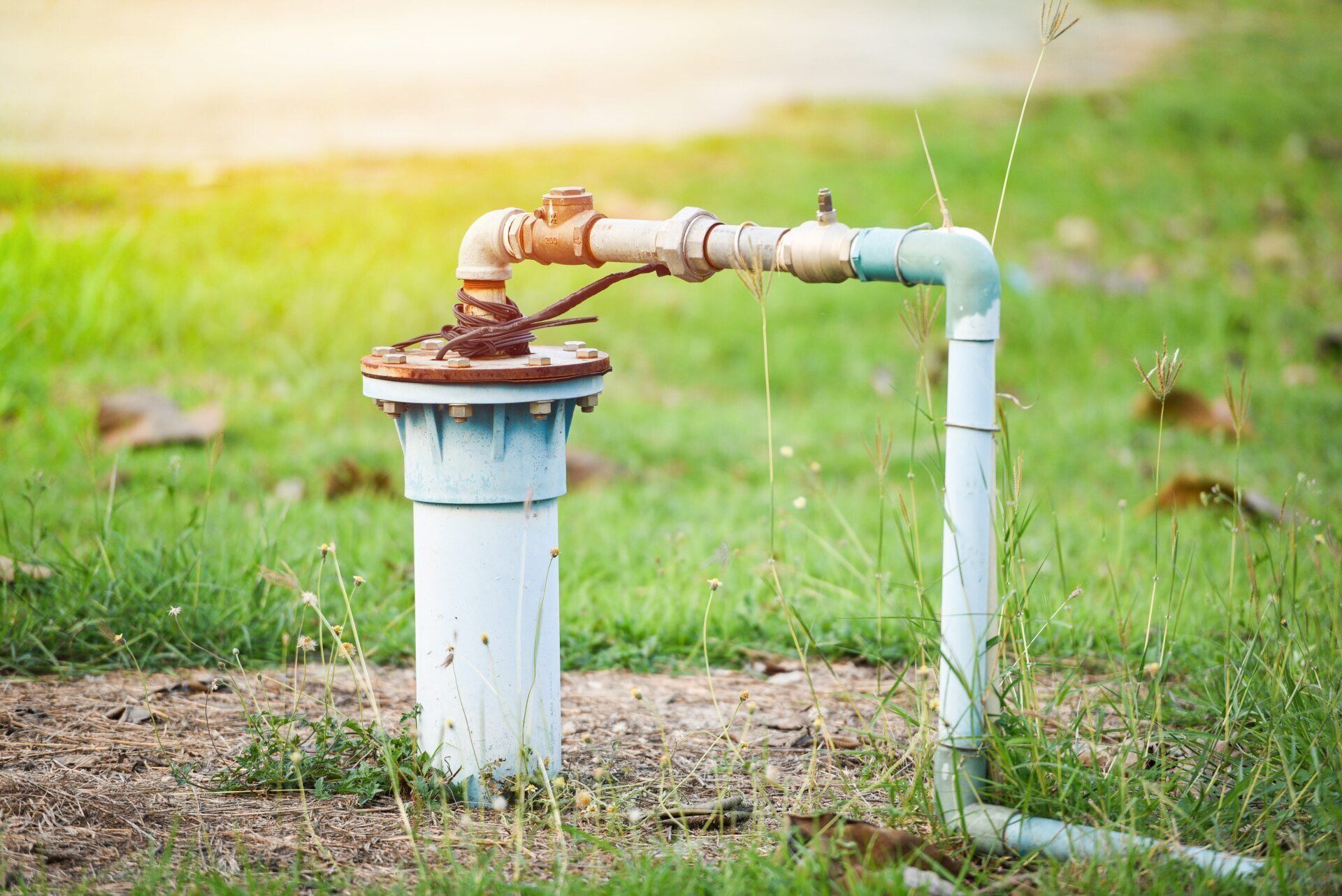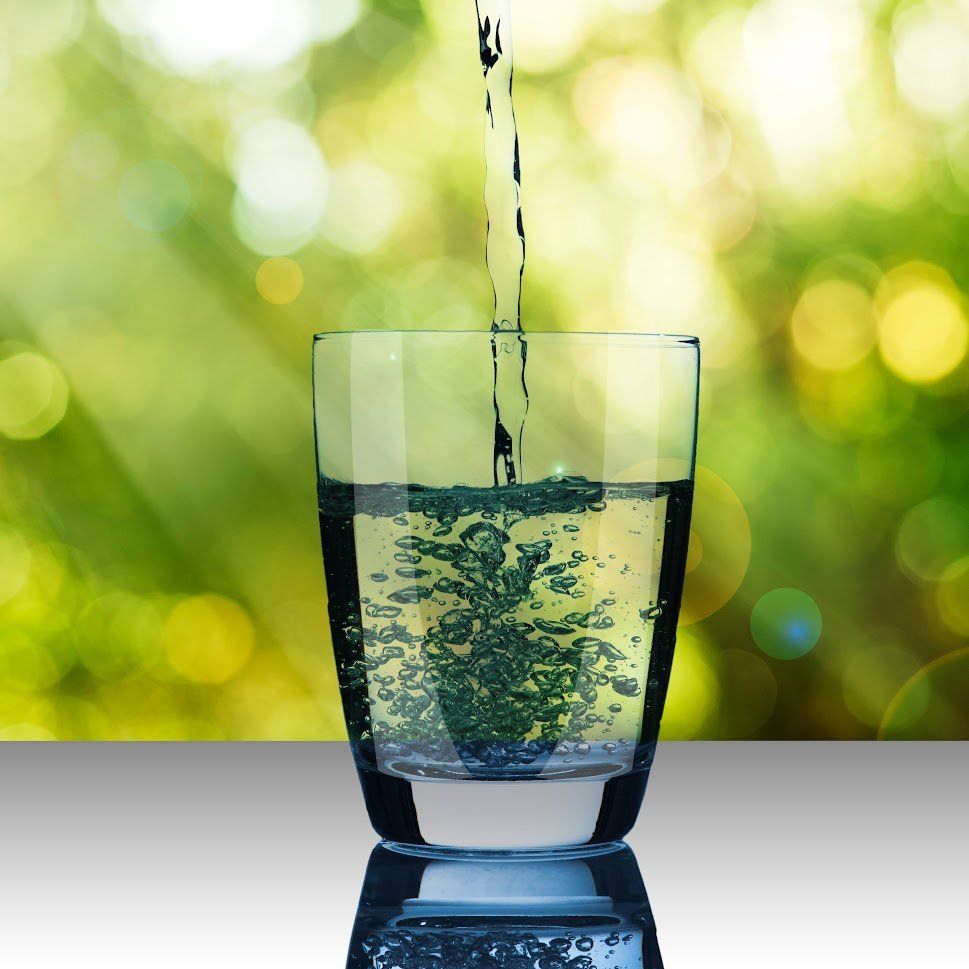Testing Your Well Water: What You Need to Know
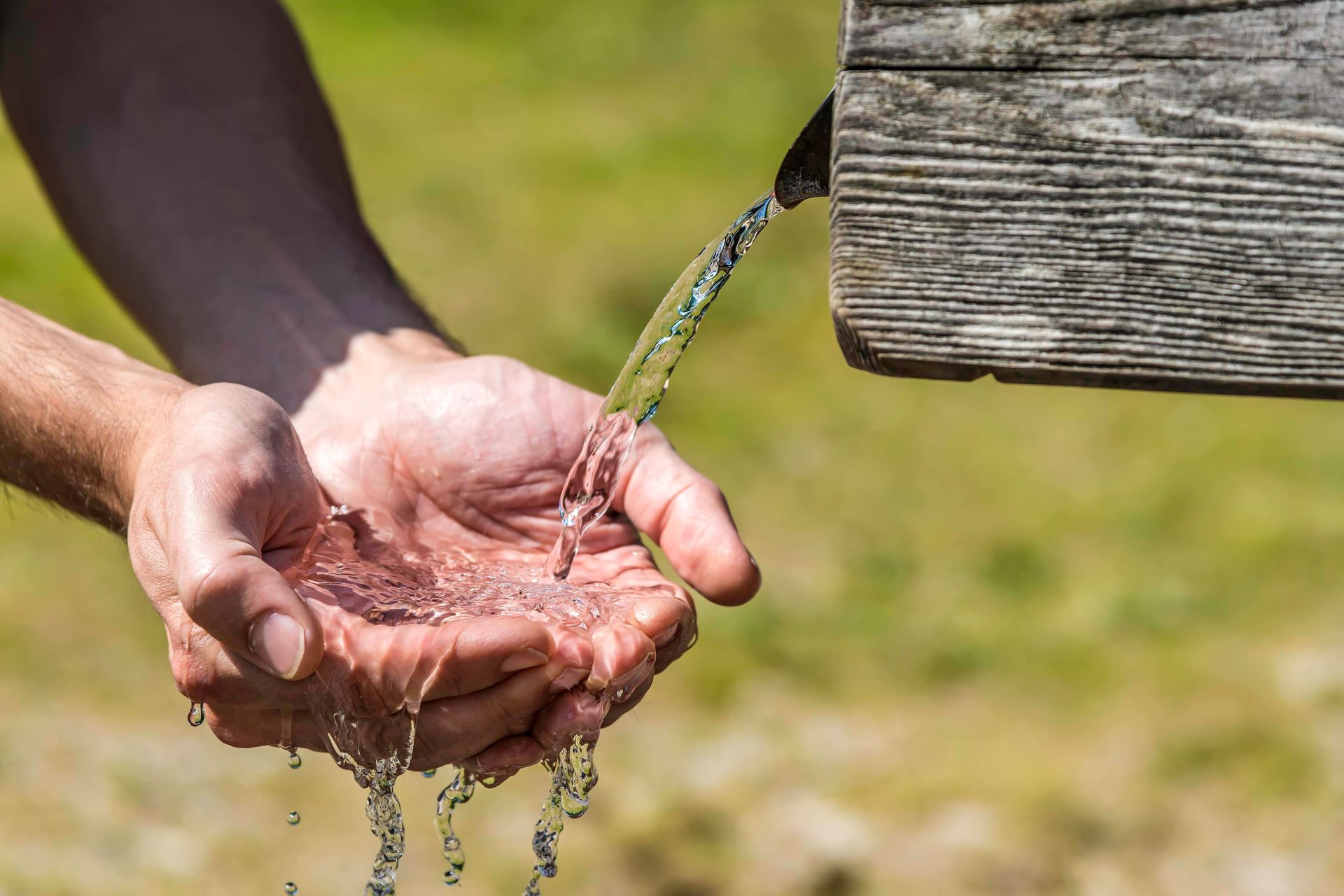
If you have a well pump that supplies water to your home, you might be wondering whether you should test the water quality and make sure it is safe to drink. Here is a bit of information about why testing your well water is important, how often you should do it, and what parameters you should test for.
Why Test Your Well Water?
Unlike public water systems that are regulated by the government and regularly tested for contaminants, private well owners are responsible for maintaining and testing their own water supply. Well water can be affected by various factors, such as the geology of the area, the depth and age of the well, the condition of the well equipment, and the activities on the land around the well.
Some well water contaminants can cause health problems. Other contaminants can affect the taste, smell, color, or hardness of the water.
How Often Should You Test Your Well Water?
The frequency of testing your well water depends on several factors, such as the type and location of your well, the history of the water quality in your area, and any changes in your water's appearance or taste.
However, you should typically test your well water at least once a year for dissolved solids, bacteria, nitrates, and pH levels. You should also test your well water whenever you notice any changes in your water's color, smell, or taste, or if you have any plumbing work done on your well system.
What Parameters Should You Test For?
There are multiple parameters to test when checking your well water. Here are some of them.
Bacteria
Bacteria are microscopic organisms that can cause gastrointestinal illnesses, such as diarrhea, vomiting, cramps, and fever. The most common type of bacteria that contaminate well water is coliform bacteria.
Coliform bacteria, such as E. coli, are found in the environment and in the feces of humans and animals. A positive coliform bacteria test indicates the presence of potentially harmful bacteria in the water.
Nitrates
Nitrates are compounds that contain nitrogen and oxygen. They are naturally present in soil and water at low levels. However, they can also come from human activities, such as fertilizer use, animal waste disposal, septic systems, and industrial processes.
High levels of nitrates in drinking water can cause a serious condition called methemoglobinemia or blue baby syndrome in infants under six months old. This condition reduces the ability of blood to carry oxygen and can cause alarming symptoms such as shortness of breath, bluish skin coloration, and even death.
Arsenic
Arsenic is a toxic element that occurs naturally in some rocks and soils. It can also come from mining operations, agricultural runoff, industrial waste, and wood preservatives. Arsenic can enter well water through erosion or leaching from these sources.
Long-term exposure to arsenic in drinking water can cause various health problems, such as skin lesions, cancer, diabetes, cardiovascular disease, and neurological disorders.
Lead
Lead is a heavy metal that can contaminate well water through corrosion of pipes, solders, fittings, or fixtures that contain lead. Lead can also come from natural sources, such as rocks and soils.
Lead can cause serious health effects, especially in children and pregnant women. The substance can damage the brain, nervous system, kidneys, blood cells, and reproductive organs. It can also cause learning disabilities, behavioral problems, anemia, and low birth weight.
Radon
Radon is a radioactive gas that occurs naturally from the decay of uranium in rocks and soils. It can enter well water through cracks or openings in the ground or well casing.
Radon can be released into the air when using water for showering, washing, or cooking. Breathing radon can increase the risk of lung cancer, especially for smokers. Radon can also cause stomach cancer if ingested with drinking water.
To have your well water system tested, contact Action Well & Pump Repair. We can correct well water issues that could jeopardize your health.
